Casually speaking, most producers of dog and cat food are already specialists in disposal and recycling. They process abattoir by-products such as the heart, lungs and stomach, which are rarely eaten by humans and would be costly to dispose of if the pet food industry didn’t exist.
A number of studies view dog food in a more critical light, however. The average dog, according to scientists at the Technische Universität Berlin, for instance, generates as much CO2 during its life as 13 return flights from Berlin to Barcelona. In particular, the authors of the study are pretty harsh in their judgement of manufacturers advertising the use of pure muscle meat. This is because animals have to be additionally reared or slaughtered to feed other animals. Producers of dog food made from muscle meat refute this assessment.
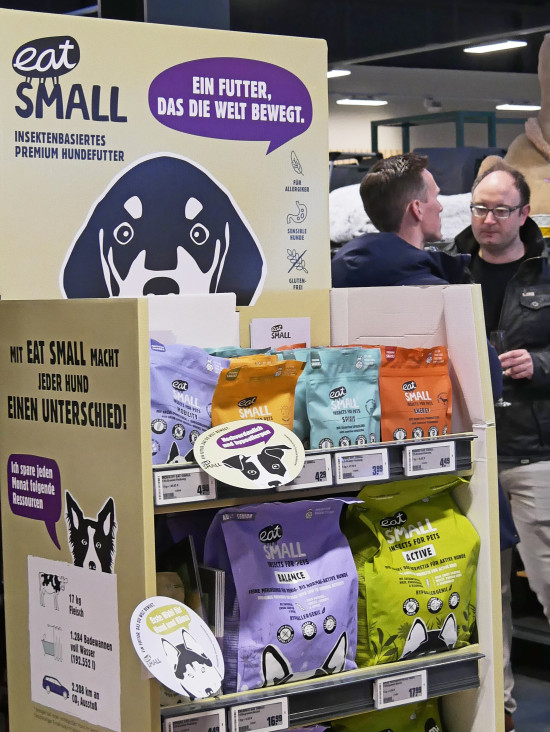
A change in the sector
Not least on account of studies such as this one from Berlin, the pet food segment has started to think again, especially since a growing number of consumers are also taking a critical look at industrially produced pet food. The coronavirus pandemic gave additional impetus to the change in approach by manufacturers of pet food. Abattoirs became coronavirus hotspots, causing a further reduction in the number of animals killed, which had been declining in any case since 2016. This was happening at a time when the demand for pet food had increased sharply due to the growing number of people acquiring a dog or cat. Since the pandemic, meat has become an expensive commodity; in many countries, people are eating less and less meat, which is the reason why the number of animals slaughtered in Europe has fallen. A consequence of this, however, is that the price of meat has risen – a development that poses problems for the pet sector. The increased cost of power, fertiliser and feed is making life difficult for many farms. Consumer prices for meat and meat products have also shot up in the last year, exacerbating the situation.
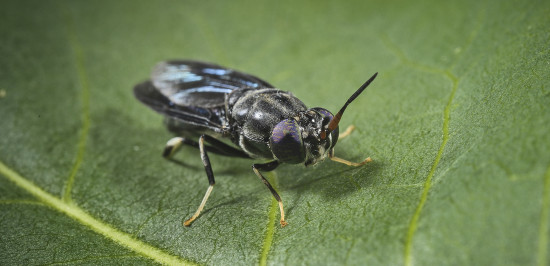
Rethinking alternative proteins
Against this background and at a time when the topic of sustainability has turned into a megatrend, the pet food industry is giving greater thought to the use of alternative proteins for food production. Companies are supported in this approach by a growing number of pet owners who are themselves vegetarians or vegans and likewise want to stop feeding meat to their dog. In recent years, many manufacturers…

 Menü
Menü

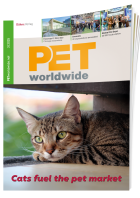



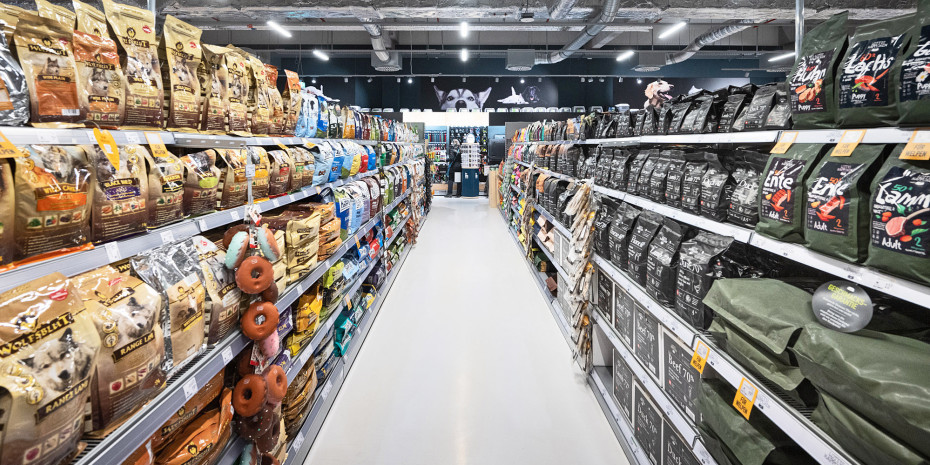


 4/2023
4/2023
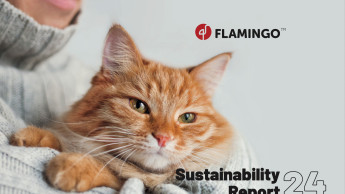
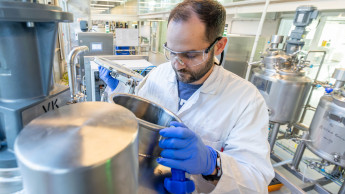


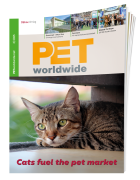

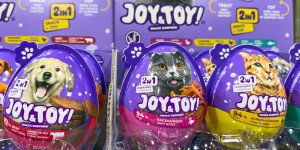


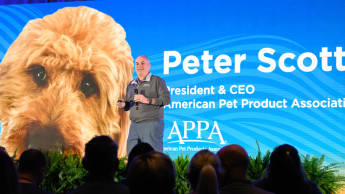


 Newsletter
Newsletter